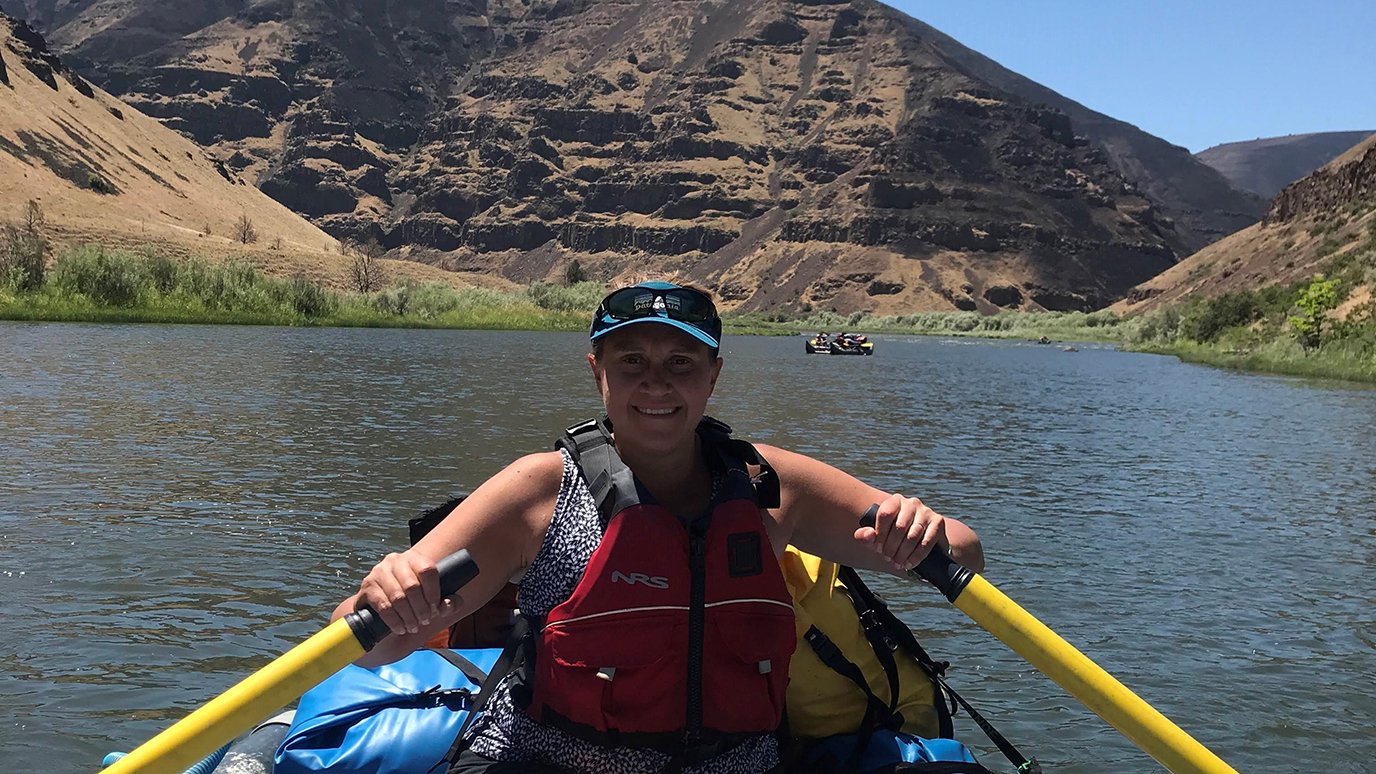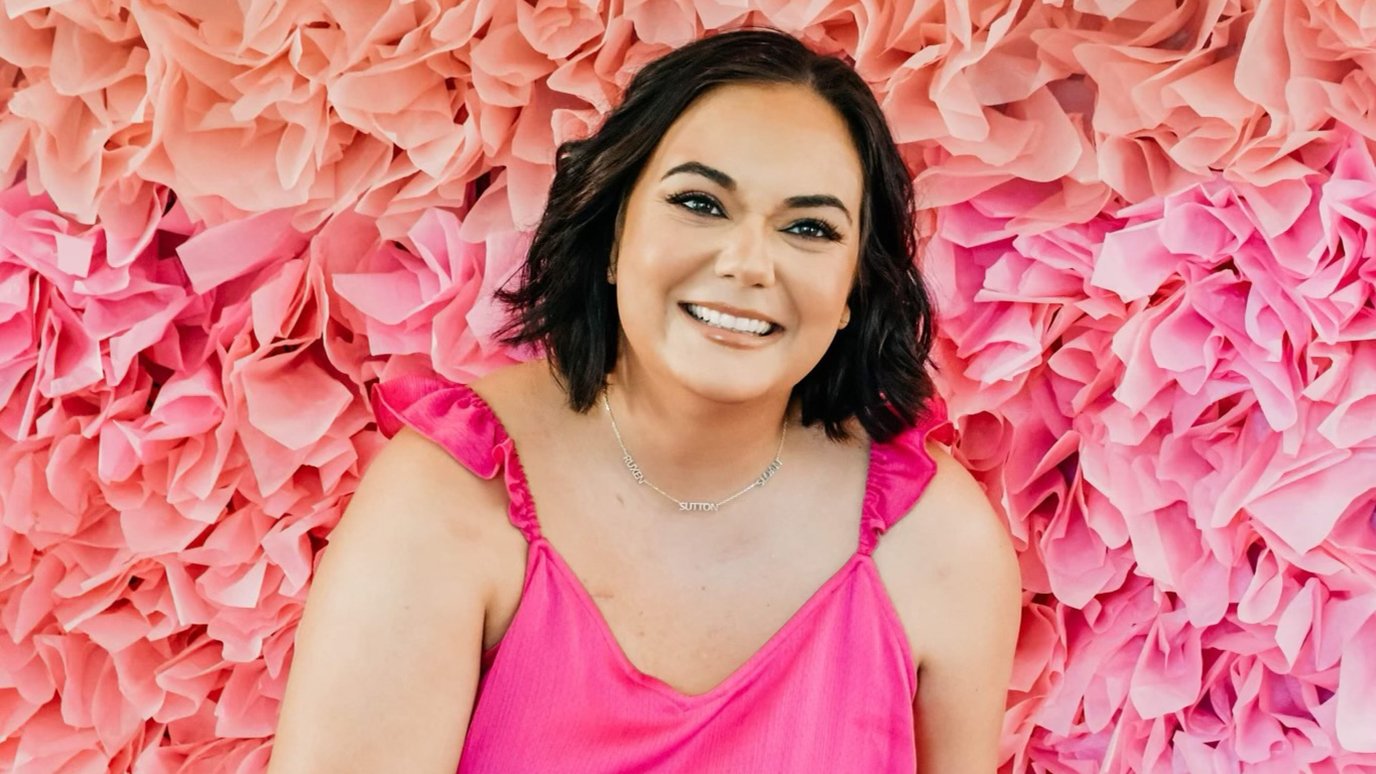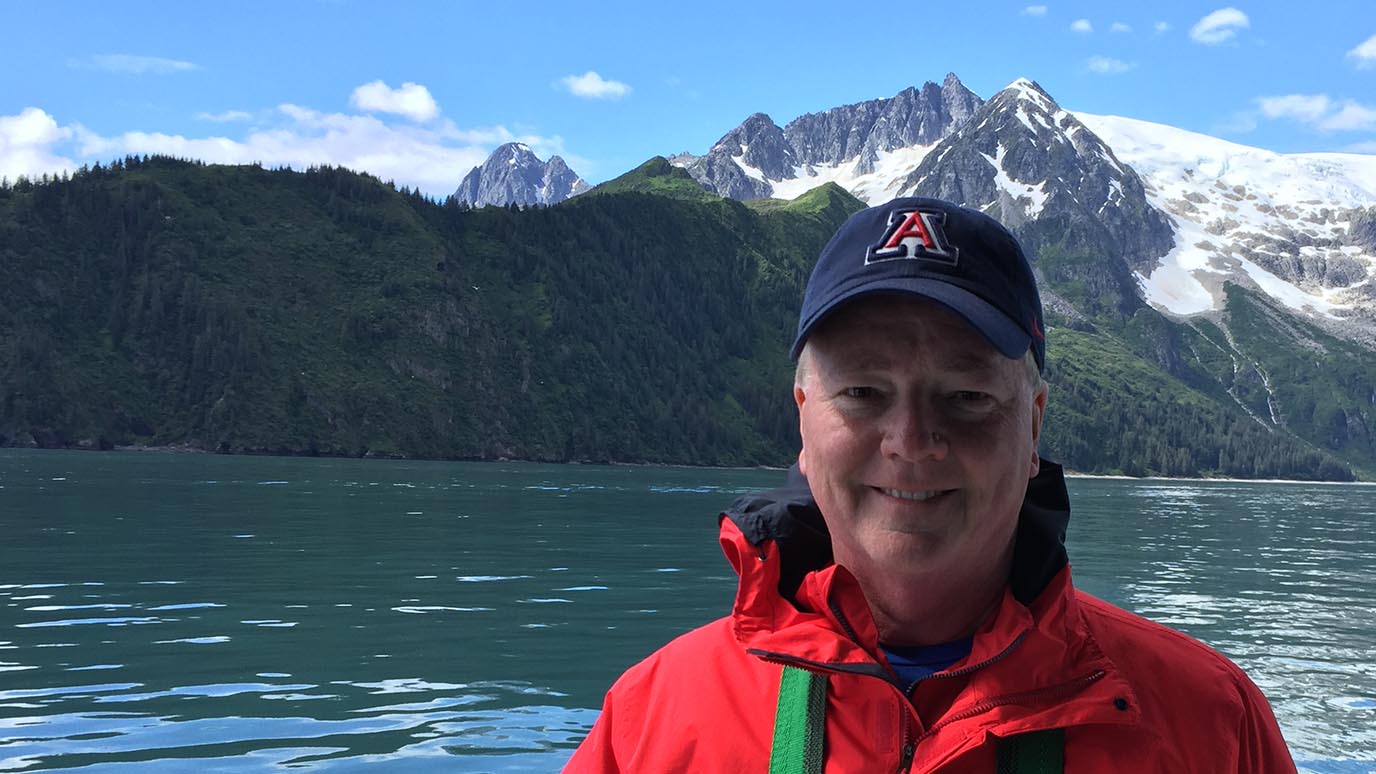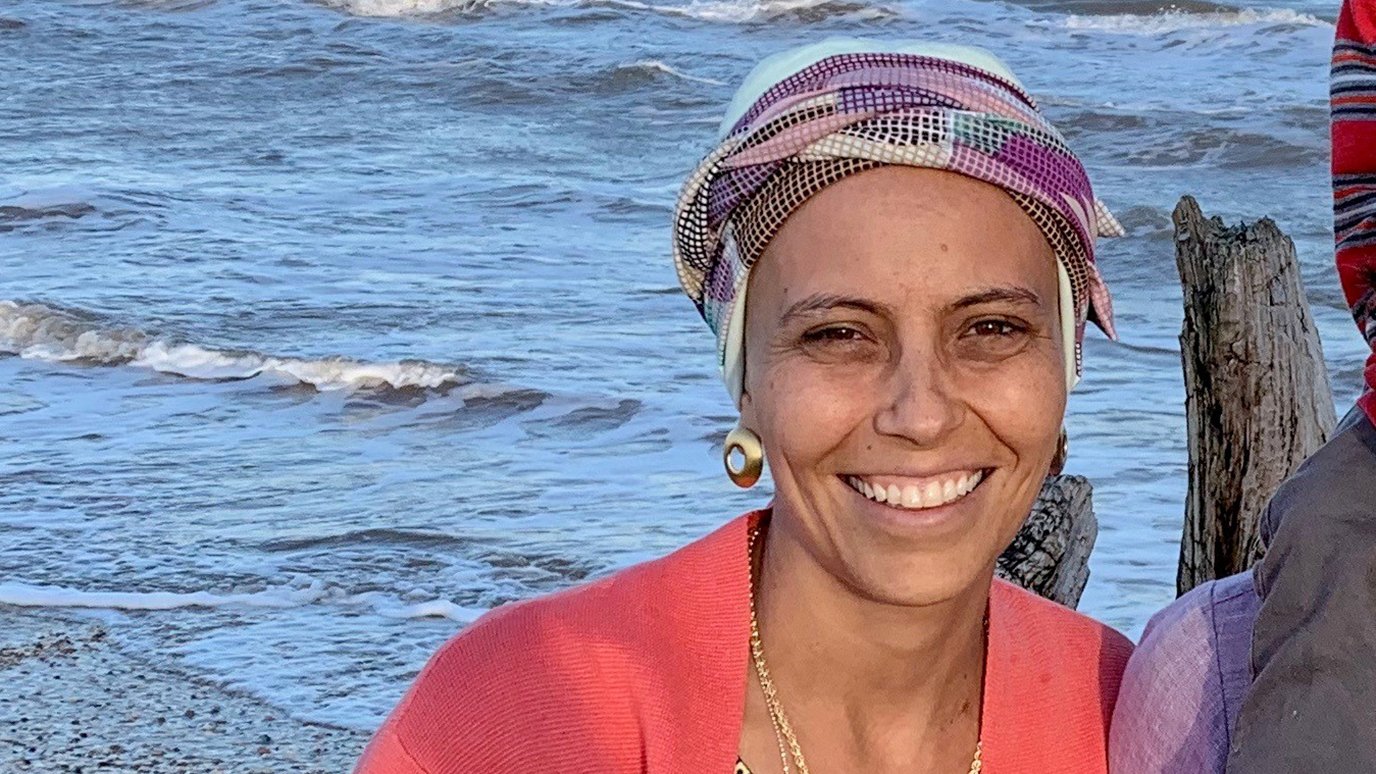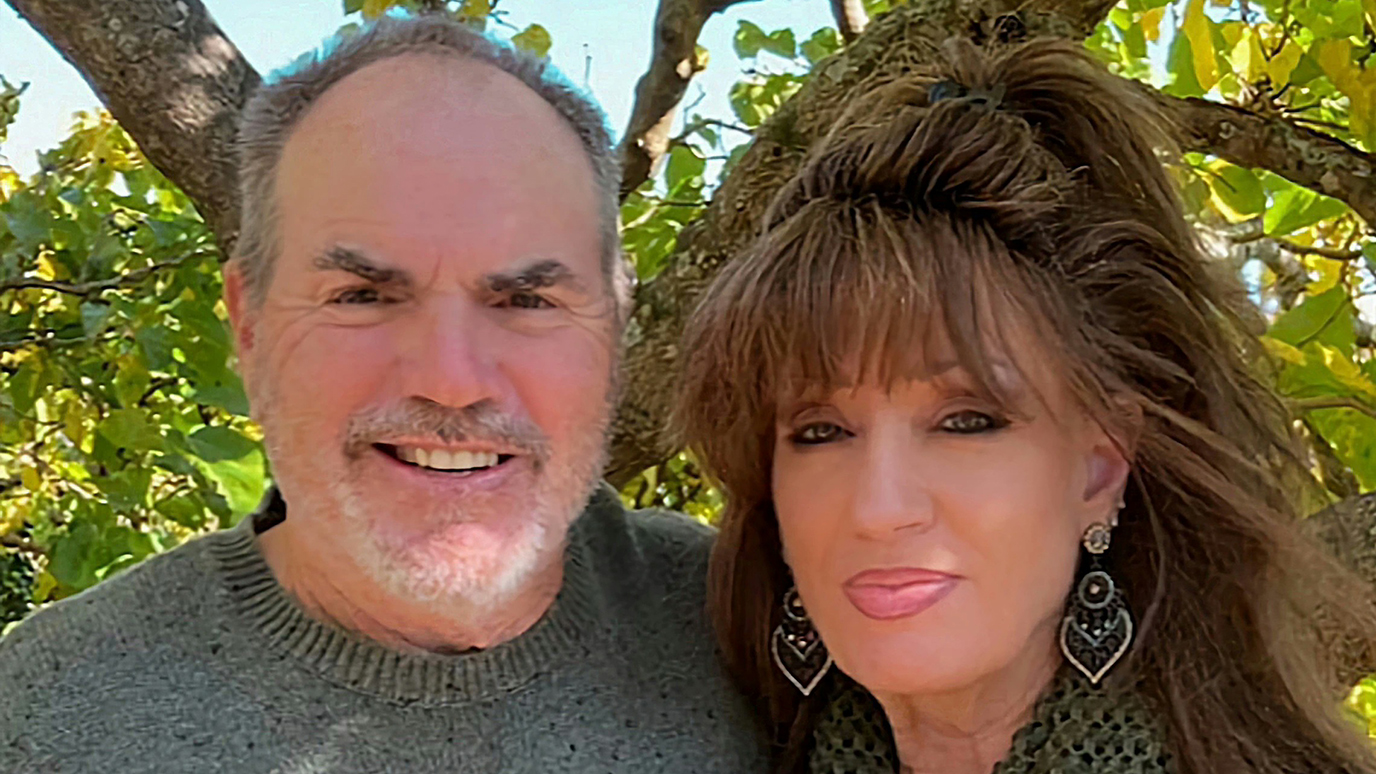- Diseases
- Acoustic Neuroma (14)
- Adrenal Gland Tumor (24)
- Anal Cancer (68)
- Anemia (2)
- Appendix Cancer (16)
- Bile Duct Cancer (26)
- Bladder Cancer (72)
- Brain Metastases (28)
- Brain Tumor (232)
- Breast Cancer (714)
- Breast Implant-Associated Anaplastic Large Cell Lymphoma (2)
- Cancer of Unknown Primary (4)
- Carcinoid Tumor (8)
- Cervical Cancer (158)
- Colon Cancer (166)
- Colorectal Cancer (116)
- Endocrine Tumor (4)
- Esophageal Cancer (44)
- Eye Cancer (36)
- Fallopian Tube Cancer (8)
- Germ Cell Tumor (4)
- Gestational Trophoblastic Disease (2)
- Head and Neck Cancer (12)
- Kidney Cancer (128)
- Leukemia (342)
- Liver Cancer (50)
- Lung Cancer (286)
- Lymphoma (278)
- Mesothelioma (14)
- Metastasis (30)
- Multiple Myeloma (100)
- Myelodysplastic Syndrome (60)
- Myeloproliferative Neoplasm (4)
- Neuroendocrine Tumors (16)
- Oral Cancer (100)
- Ovarian Cancer (172)
- Pancreatic Cancer (160)
- Parathyroid Disease (2)
- Penile Cancer (14)
- Pituitary Tumor (6)
- Prostate Cancer (146)
- Rectal Cancer (58)
- Renal Medullary Carcinoma (6)
- Salivary Gland Cancer (14)
- Sarcoma (238)
- Skin Cancer (296)
- Skull Base Tumors (56)
- Spinal Tumor (12)
- Stomach Cancer (64)
- Testicular Cancer (28)
- Throat Cancer (92)
- Thymoma (6)
- Thyroid Cancer (96)
- Tonsil Cancer (30)
- Uterine Cancer (80)
- Vaginal Cancer (16)
- Vulvar Cancer (20)
- Cancer Topic
- Adolescent and Young Adult Cancer Issues (20)
- Advance Care Planning (10)
- Biostatistics (2)
- Blood Donation (18)
- Bone Health (8)
- COVID-19 (362)
- Cancer Recurrence (120)
- Childhood Cancer Issues (120)
- Clinical Trials (630)
- Complementary Integrative Medicine (22)
- Cytogenetics (2)
- DNA Methylation (4)
- Diagnosis (232)
- Epigenetics (6)
- Fertility (62)
- Follow-up Guidelines (2)
- Health Disparities (14)
- Hereditary Cancer Syndromes (126)
- Immunology (18)
- Li-Fraumeni Syndrome (8)
- Mental Health (116)
- Molecular Diagnostics (8)
- Pain Management (62)
- Palliative Care (8)
- Pathology (10)
- Physical Therapy (18)
- Pregnancy (18)
- Prevention (916)
- Research (392)
- Second Opinion (74)
- Sexuality (16)
- Side Effects (604)
- Sleep Disorders (10)
- Stem Cell Transplantation Cellular Therapy (216)
- Support (402)
- Survivorship (320)
- Symptoms (182)
- Treatment (1786)
Stage IV neuroendocrine tumor survivor: Why I keep joining clinical trials at MD Anderson
5 minute read | Published July 29, 2022
Medically Reviewed | Last reviewed by an MD Anderson Cancer Center medical professional on July 29, 2022
My mother was diagnosed with colon cancer at age 45. She passed away just two years later. So, I started getting my colorectal cancer screenings early.
During my third colonoscopy, my doctor found a mass. That was in the fall of 2007. By that time, I was 53. So, I think we both expected it to be colon cancer.
But the biopsy showed it was a neuroendocrine tumor, sometimes called a carcinoid tumor.
I live in a small town in northern Louisiana, and my doctor said he only saw one of those maybe once every 10 years. He told me, “You need to go somewhere the doctors see this kind of thing all the time.” He referred me to MD Anderson.
- Related: Neuroendocrine tumor symptoms
My stage IV neuroendocrine tumor treatment
I made an appointment at MD Anderson in early 2008. Then, I drove to Houston and met with gastrointestinal oncologist Dr. James Yao. I’ve been his patient ever since.
Doctors near my home in Monroe had already removed the main tumor and a big section of my colon along with it. But Dr. Yao ordered scans that revealed other cancerous lesions: mostly in my liver. He said that if they’d been in a tight cluster, he could’ve considered taking them out surgically. But mine were scattered all over the place, so surgery wasn’t feasible.
Instead, Dr. Yao recommended a clinical trial involving a drug now known as lanreotide. It’s a synthetic version of a hormone called somatostatin. It works by reducing the number of other hormones produced by the pancreas.
My first neuroendocrine tumor clinical trial
The clinical trial I joined was “double-blind.” That meant that neither Dr. Yao nor I would know if I was getting the drug or a placebo. But I was convinced I was getting the drug because something was either shrinking or keeping my tumors stable while I was on it.
Unfortunately, I had to try something else in 2010, because that clinical trial ended after two years. I’ve joined several others since then. But Dr. Yao put me back on lanreotide recently after it was approved by the Food and Drug Administration (FDA) to treat neuroendocrine tumors this past December.
That’s kind of funny when you think about it: my participation in that first clinical trial is what helped make this drug’s approval possible. And now, here I am 14 years later, benefitting from it again.
How I look at clinical trials today
Sometimes people tell me, “Oh, you’re so brave,” when they find out I’ve been on multiple clinical trials. But I don’t think of it that way. I figure if I have to have this dumb disease, I might as well be doing something positive with it. Plus, it’s so cool to be a part of the discovery process of helping doctors and researchers find new treatments!
When I was first approached about a clinical trial, I remember being kind of leery. But both my brother and my daughter said, “Look: if you do this, you will be so micromanaged, it will be awesome.” And in a way, they were right.
Being on a clinical trial is a sacrifice in some ways. You have to show up at specific times and do everything in a certain way on a particular schedule. But because clinical trials often involve new drugs or treatment sequences, I’ve always felt like my trial nurses and doctors kept an even closer eye on me than they kept on the patients getting established therapies. It’s almost like getting special treatment.
Treating my stage IV neuroendocrine tumor like a chronic disease
Thanks to all the clinical trials I’ve been on, I am doing well today. The lanreotide is keeping my tumors stable, though they do continue to secrete a hormone that gives me episodes of flushing and chronic diarrhea.
I’m also among the few unlucky ones who developed carcinoid heart disease. Sometimes the hormones secreted by these tumors can cause tiny, rough nodules resembling barnacles to build up on the tricuspid valve. They rub together each time the valve opens or closes and eventually begin to shred each other, so the cusps look like tassels in a carwash. I had to have open heart surgery to correct that issue in 2021.
Fortunately, I made a full recovery. Now, the only other medicine I’m taking is a drug called telotristat ethyl, which the FDA approved to treat chronic diarrhea caused by some neuroendocrine tumors. My cardiologist, Dr. Cezar Iliescu, believes it may also be slowing down the hormone’s negative effects on my heart. So, he is sharing my data with Dr. Saamir Hassan, who’s leading a clinical trial at MD Anderson studying exactly that.
Why MD Anderson gives me such peace of mind
Being a cancer patient is a daily challenge. But I try not to let it define me. I may have to take medicine daily for the rest of my life, but so do lots of other people. And I may have a chronic illness, but it’s not a death sentence.
Recently, I asked gastrointestinal oncologist Dr. Daniel Halperin if he thought I was nearing the end of my treatment options. And he replied, “Oh, no no no. Dr. Yao may tell you about three possibilities, but he’s got about 15 up his sleeve.” That alleviated a huge amount of anxiety. It was such a relief to know that my doctors were staying on top of things and that we could just keep going with whatever was next.
I also find a lot of peace of mind just by being at MD Anderson. I can work myself up into a panic sometimes because cancer seems so scary. Then I remember who’s taking care of me. And I look at all of the cancer research they’re doing.
So far, MD Anderson has done right by me. And I am so grateful for the extra years its doctors’ care and expertise have given me.
Request an appointment at MD Anderson online or by calling 1-877-632-6789.
Related Cancerwise Stories

It’s so cool to be a part of the discovery process.
Kimberly Love
Survivor

